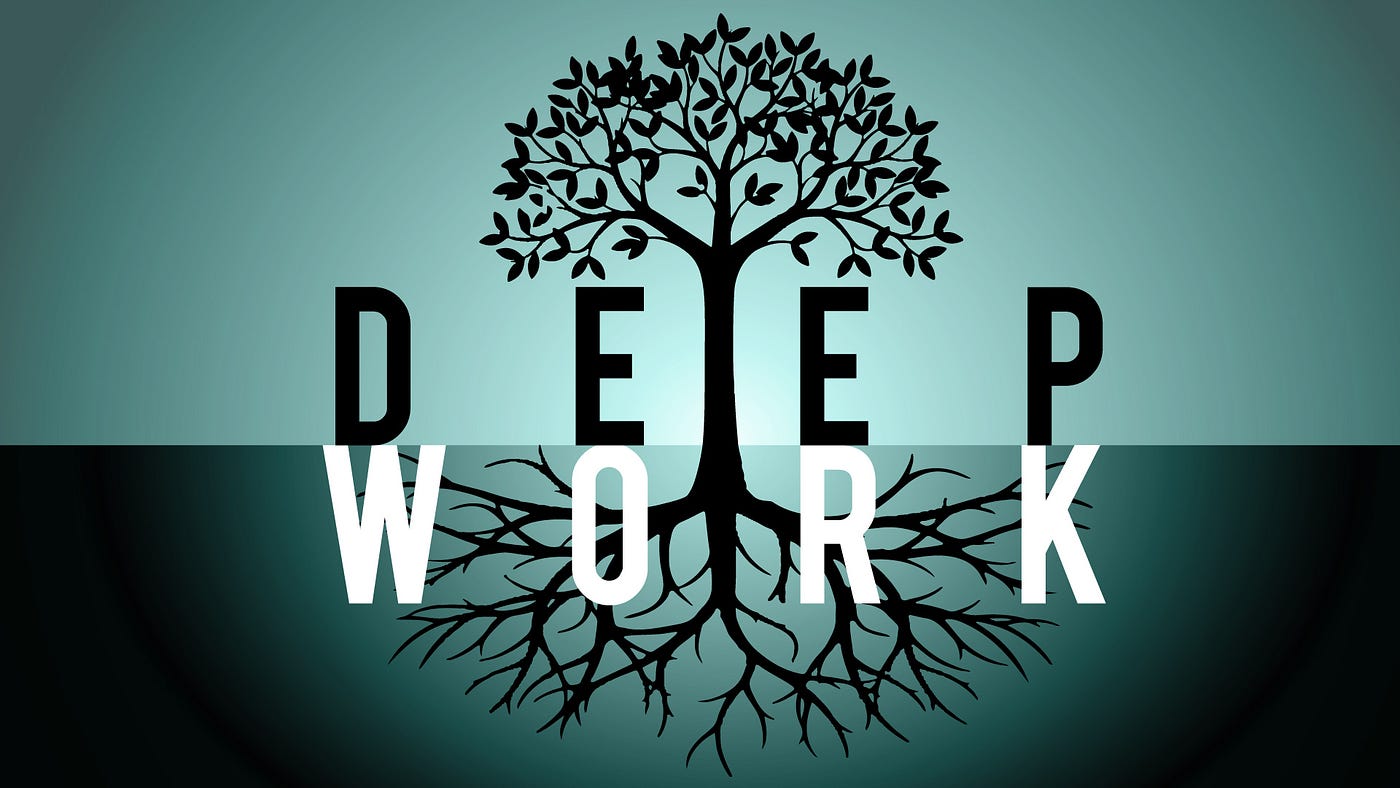“The only constant in the tech world is change.”
In today’s hyper-evolving digital landscape, technologies rise and fall like tides. Frameworks that were once industry standards can become obsolete within a few years. So, how can you thrive as a developer and not get left behind?
This article offers a practical, actionable roadmap to help you stay relevant, confident, and ahead of the curve.
🚀 1. Embrace Lifelong Learning
Technology doesn’t wait — and neither should you.
✅ What to Do:
- Follow tech blogs, newsletters & podcasts.
Examples: Dev.to, Stack Overflow Blog, Changelog Podcast - Take micro-courses and workshops.
Platforms like Coursera, Udemy, Frontend Masters are gold mines. - Read documentation. It’s not glamorous, but it’s one of the fastest ways to master a tool.
Tip: Set a recurring “Learning Hour” each week.
🧠 2. Master the Fundamentals
Trendy tools come and go — fundamentals last forever.
🔧 Focus Areas:
- Data Structures & Algorithms
- Networking & Databases
- Clean Code & Design Patterns
- Version Control (Git), CI/CD, Debugging
Strong fundamentals let you adapt to new stacks faster and build better systems.
🌐 3. Stay Connected with the Developer Ecosystem
You’re not alone. In fact, collaboration fuels relevance.
👥 How to Engage:
- Attend conferences, meetups, and webinars (online or local)
- Participate in open-source projects (GitHub Explore)
- Follow influential devs on X (Twitter) and LinkedIn
- Join communities: Dev.to, Hashnode, Reddit’s r/learnprogramming
Your network often becomes your strongest learning resource.
🧪 4. Experiment & Build
Theory without practice fades fast.
🔨 Ideas:
- Build mini-projects using new tools/frameworks
- Clone existing apps and improve them
- Join hackathons or coding challenges (e.g., LeetCode, Hackerrank)
“Build, break, and rebuild — that’s how you grow.”
🌱 5. Diversify Your Skillset (T-Shaped Growth)
Be a specialist in one area, but familiar with others.
🧭 Example T-Shape:
- Deep Expertise: Mobile Development (e.g., Flutter)
- Broad Exposure: Backend (Firebase, Node.js), UI/UX (Figma), DevOps (Docker)
This makes you adaptable and valuable to cross-functional teams.
🛠 6. Track Industry Trends (Without the Hype)
It’s easy to get overwhelmed by buzzwords — Web3, AI, Edge Computing…
🔍 Filter the Noise:
- Ask: “Will this tool/tech solve a real problem I have?”
- Use tools like Google Trends or Stack Overflow Insights
- Read developer roadmaps (roadmap.sh)
❤️ 7. Take Care of Yourself
Burnout kills curiosity.
🧘 Tips:
- Balance code with rest, hobbies, and movement
- Avoid the “imposter syndrome” trap by tracking your wins
- Celebrate small milestones
A healthy developer is a productive developer.
🔚 Final Thoughts
In a world that never stops changing, your ability to learn, adapt, and grow is your true job security.
You don’t need to chase every new framework — but you do need to stay curious, be strategic, and keep building.
📌 TL;DR – Cheat Sheet
- 📚 Learn Continuously
- 🧠 Master Core Fundamentals
- 🌍 Join Communities
- 🧪 Build Projects Regularly
- 🌱 Go T-Shaped in Skills
- 🧘 Prioritize Well-being
✨ You don’t have to be the smartest developer in the room — just the most consistent one.
Feel free to share your thoughts or connect with me on LinkedIn

 The Power of Deep Work in a Distracted World
The Power of Deep Work in a Distracted World
